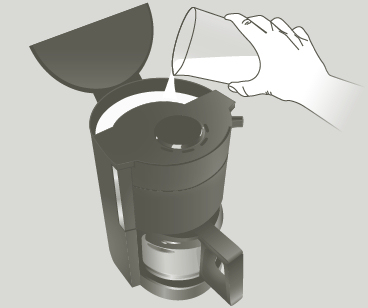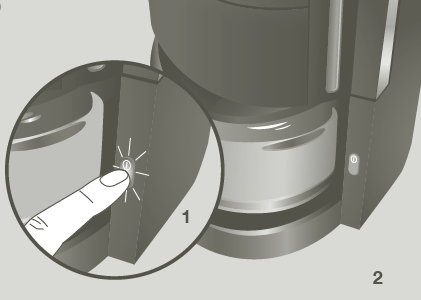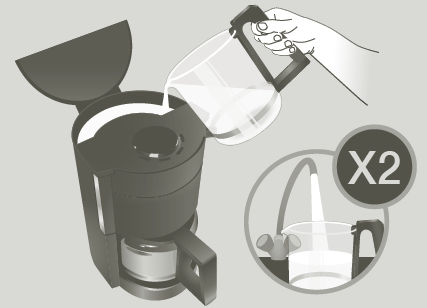Non-stick cookware:
Cleaning by hand in soapy water is enough.
The pan must be cleaned each time it's used to remove the film of grease that can stay on the surface. If the pan is only wiped with a paper towel or rinsed in water, the film won't be fully removed and may cook the next time you use the pan: stains may appear.
Non-stick pans must not be cleaned with scouring powders or scouring pads. A nylon sponge is ideal for both the interior and exterior of the pan.
Ceramic cookware:
We recommend to wash the ceramic pan manually, with water and a mild detergent. In this way, it's the most effective.
If the pan might not be clean enough during the normal dishes, you could add a splash of vinegar and water into the pan and heat it. The water / vinegar mixture will clean cook the pan. After this, rinse the pan well, dry and rub with a little bit of sunflower oil for example. And your pan will be as new.
If the base is stubborn dirt, you can wet the pan soak first with hot water and a good degreasing dishwashing detergent. Next, if necessary, you can clean the pan with a plastic scouring pad and some liquid abrasive cleaning detergent.
Hard anodised cookware:
To prolong the life of your pan, we recommend hand washing with a non-abrasive sponge.
An exterior coating protects your cookware from the harmful consequences of dishwashing. It is therefore extremely important not to damage this coating and we recommend that you avoid the use of scouring pads (Scotch Brite).
In case of dishwasher use, it is preferable to use gentle detergents such as a liquid or gel.
Moreover, a too intensive use of the dishwasher is not recommended.
Washing by hand without scouring pads extends the life time of your cookware.
Stainless steel cookware:
For daily cleaning, warm soapy water is sufficient. We recommend you to clean your pan thoroughly after each use as food films left on the pan may cause discoloration and sticking.
To get rid of stuck-on food or discoloration and stains from using too high a heat, we recommend cleaning your product with a stainless steel/copper cleaner. This can be used on the interior, as well as the exterior.
If your water has high iron content, you may notice a rusty discoloration. Use stainless steel/copper cleaner to remove this.








